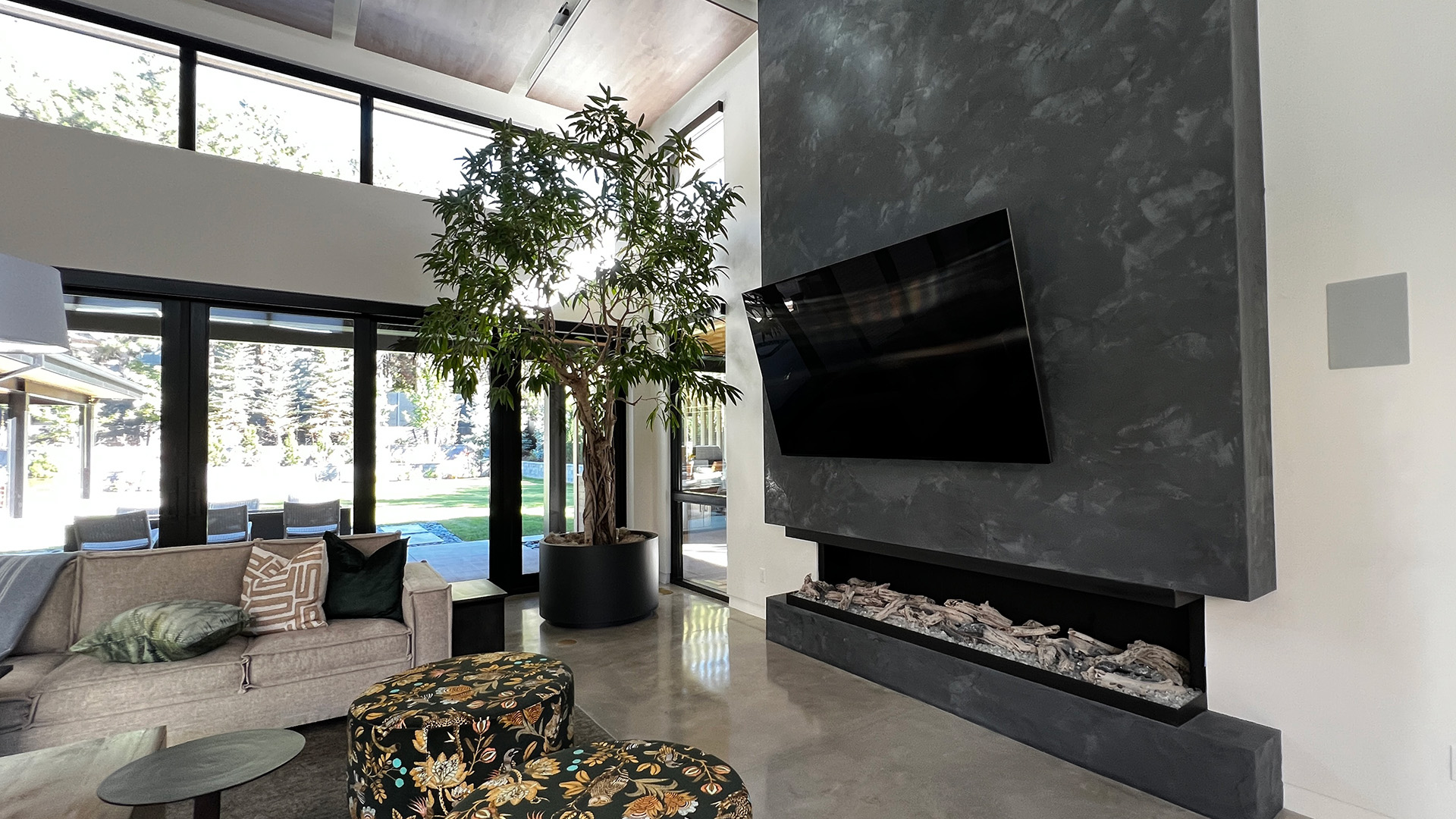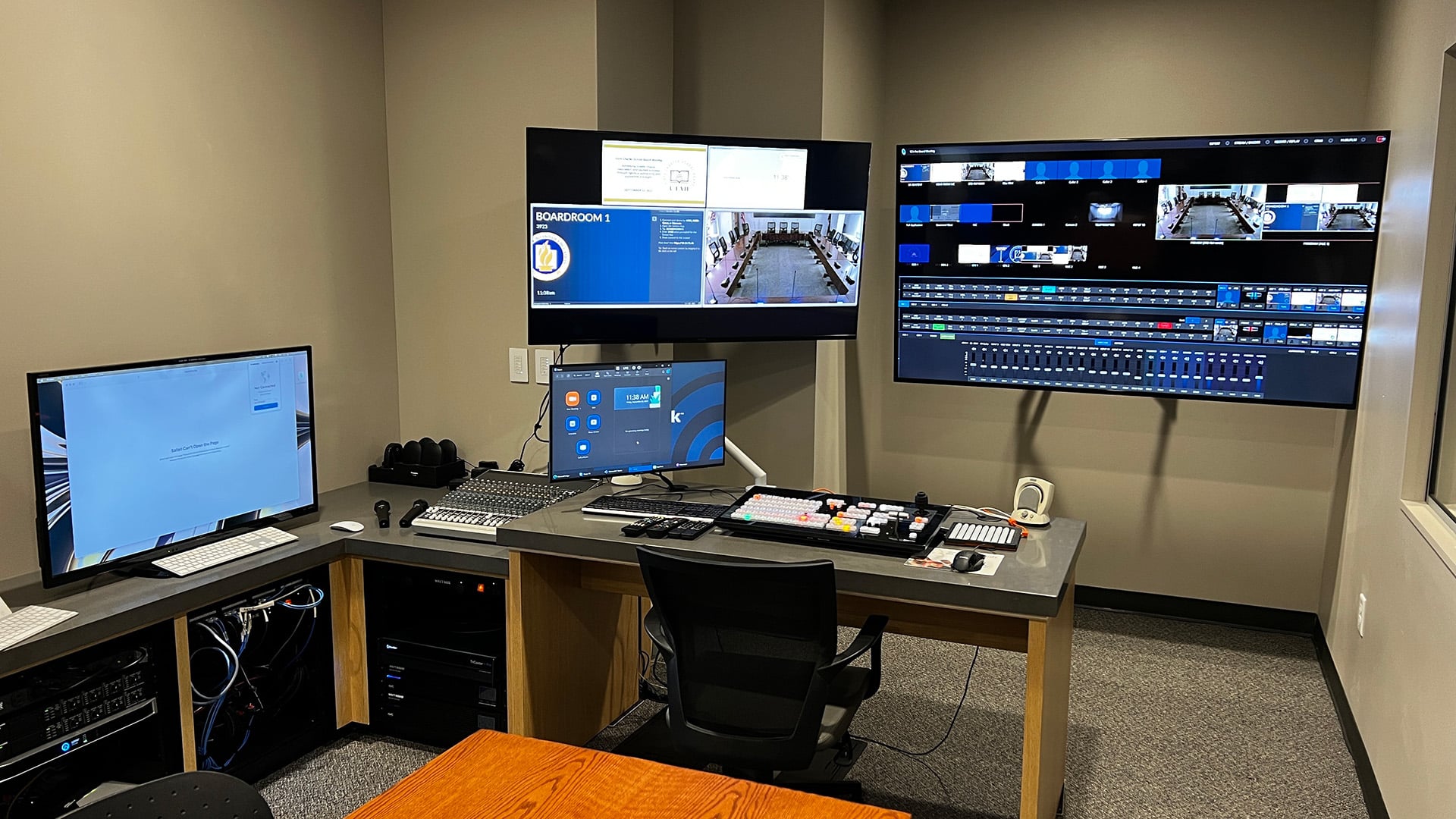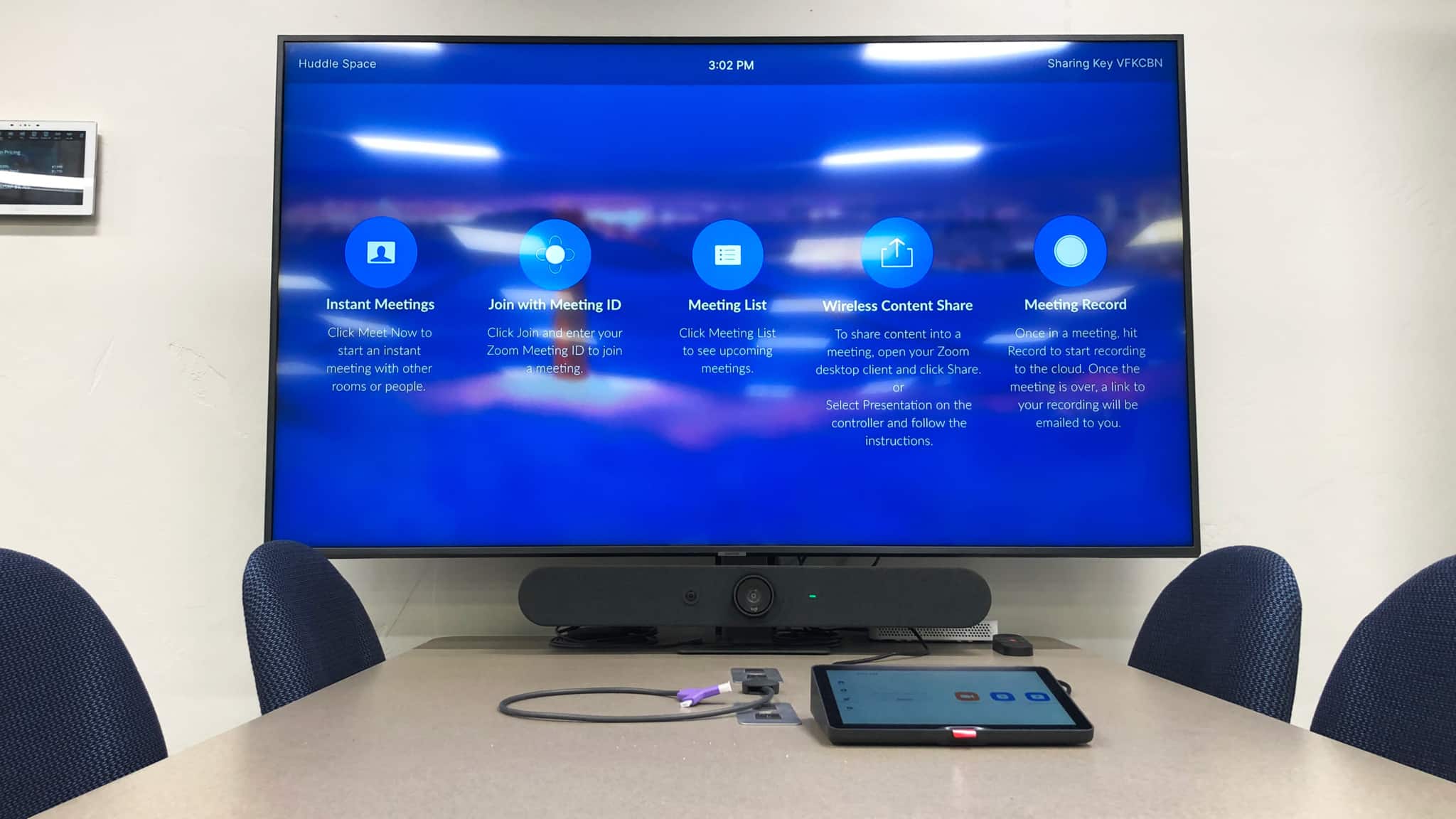Taking the First Step
Whether you are with a large corporation, a small company, or are just looking at your expenses, when you are ready to add or upgrade your audio and video capabilities, you have to think about the financing options that are available to you. Taking the time to determine how you plan to classify the new expenses and understanding the options you have for financing will save you and your company valuable time and money down the road.
There are two paths that can be taken when you start thinking about new AV equipment or a project. You can either start with the products you are thinking of buying, and build your shopping list along the way; or, you can start with a pre-approval list and work within a budget to design your system. In either case, there is one common starting point and that is discovering the needs of the system. Both of these paths will lead you to new equipment. With the help from a skilled and talented sales and design team, your needs will be assessed to determine the right equipment that will help meet your specific requirements. Once you have your equipment list and all costs associated with it are documented, it is time to submit for financing, and adjust any equipment as needed. When applying for financial help, most institutions will ask for a projected cost of the equipment or project to understand the full scope of the financial request.
2 Ways To Classify Expenses Internally
Once the needs of your AV equipment or project are determined, or perhaps even before, how you will classify expenses internally can impact what financial options are best for your situation. There are two ways expenses can be classified.
1. Capital Expenses
If your company is paying for equipment in full, up front, or upon completion, this is classified as a capital expense. This may be a portion of your quarterly or annual budget or if you have received a grant written for a specific system in mind. Any one-time expense is defined as a capital expense. When designing your AV system, you are at the constraint of what this one-time expense budget will allow.
2. Operating Expenses
Now, imagine if you could take that large project bill, and convert it to a monthly operating cost, or quarterly payments. If your equipment is going to be around for years, why pay for it all up front? By shifting your entire project cost to an operating expense you can open doors to new possibilities. Now you are able to pay for that corner conference room that the boss wanted, or get larger screens, brighter displays, or more functionality than you initially thought possible – simply because you aren’t paying for it all in one large lump sum.
If you choose to go the route of classifying your next AV equipment or upgrade as an operating expense, then it is important to know what your options are. There are advantages and disadvantages to all of the options and your own unique situation will help determine what will work best for you. In this discussion we will focus on three main categories of operating expenses.
Top 3 Operating Expense Categories
1. Straight Financing
The most common type of financing is straight financing. It gives you a simple monthly payment for a given term, determined at the time of purchase. This option allows you the flexibility to divide up that initial project cost and spread it out over a given period – which can vary along with interest rates determined by who you chose to finance through.
The pros of straight financing are the ability to simply divide costs into monthly payments and you will have ownership of the equipment. The con is the added cost of interest rate fees.
2. Equipment Leasing
Another common type of financing is equipment leasing. This type of financing transfers the ownership of the product to a third party during the term of your lease. It is essentially ‘renting’ the equipment but comes with multiple options as to what can happen at the end of a lease. Options that can be available at the end of a lease can include returning the equipment, renewing the lease, or purchasing the equipment (transferring the ownership to you). Terms of how long the lease is, how much the payments will be, and what will happen at the end of the lease are usually determined upon signing but might possibly be determined after.
The pro of equipment leasing is that the contract can offer various options such as buyout, renewal, or cancellation at the end of the term. The cons are that there are leasing fees and there is a delayed time for ownership, if at all.
3. AVaaS (Audio Video as a Subscription)
The newest financial model for AV purchases is called AVaaS, for short, but stands for Audio Video as a Subscription. It offers great benefits and flexibility for your overall equipment costs. AVaaS is similar to leasing, where ownership transfers to a third party during the term of your subscription. After your term has expired, similar to leasing, you have the option to cancel or renew. The difference with AVaaS, however, is that you also have the option to upgrade your existing equipment. This usually allows for the most flexibility on payment terms (often made monthly, but can also be arranged for other options such as quarterly), reduced costs, and the opportunity to add to your system during the renewal phase. Not only that, but system maintenance and/or entire system service packages, that extend regular warranties that come with the individual products, can be added to the subscription – rather than just equipment-only or upgrade costs.
The pros of considering and using AVaaS leasing is the flexible payment terms and there are various contract options such as buyout, renewal, upgrades, or cancellation. It offers the ability to always have the most cutting-edge equipment. And lastly, it allows system maintenance and/or service level agreements to be bundled in. The cons, similar to standard leasing, are that there are fees (for the subscription) and there is a delayed time for ownership, if at all.
In Closing
Just to summarize, the financial world around us is changing, and operational expenses are becoming ever more flexible. Make sure you understand the differences on how you can classify expenses and what options are available to you. There are plenty of options that can be available for you to break up costs and help you to find a solution that will work within your budget and needs.
Additionally, there are other resources that you might want to explore that can help you pay for new AV equipment or systems – that don’t necessarily have to do with financing. For example, in some instances, such as government and educational facilities, grants can be applied for to help with your upgrade or new system. Some websites and resources can be found near the bottom of our State of Utah Cooperative Contracts page under the heading ‘Need Funding?’ Further, working with your CPA can help you find tax incentives for new equipment or upgrades – such as the section 179 deduction. You can read more about that on a previous blog post we made ‘Section 1799 – Write Off Your Entire Purchase Price of Your Equipment.‘ And lastly, many manufacturers offer incentives and rebates that can save you even more – make sure to check with your salesmen as to what might be available at the time of your need.







0 Comments